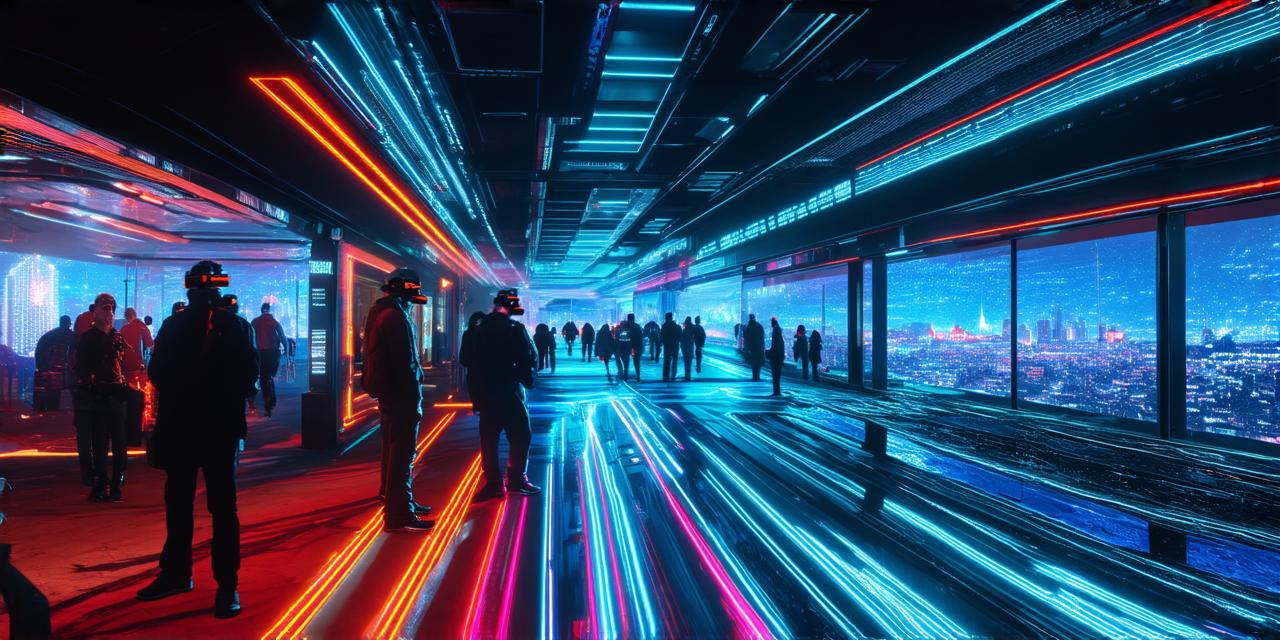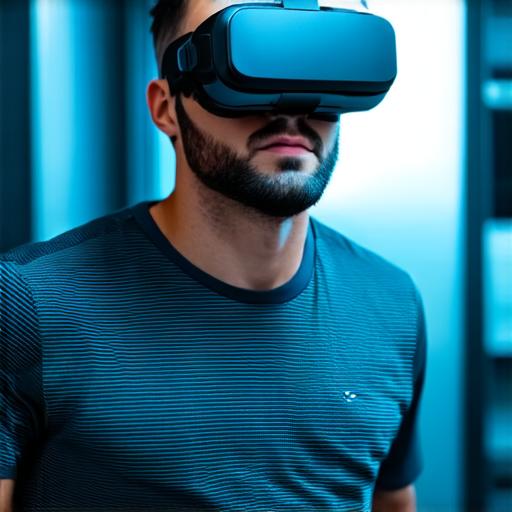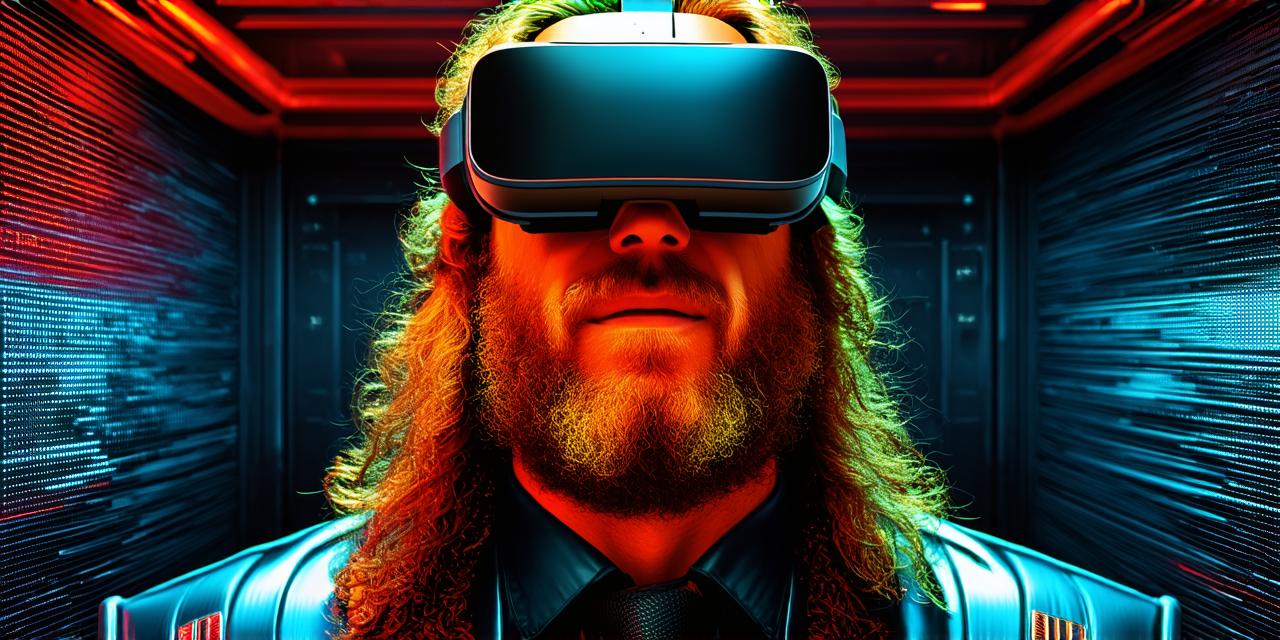
What is the main problem of virtual reality?
Virtual reality (VR) technology has been advancing rapidly in recent years, with the promise of creating immersive experiences that can transport users into new worlds. However, despite its potential, VR still faces several challenges that limit its widespread adoption.

Table of Contents
Toggle1. High cost
One of the biggest barriers to entry for VR technology is its high cost. The current generation of VR headsets, such as the Oculus Quest 2, can cost upwards of $300. Additionally, many users require a high-performance computer or gaming console to run VR applications, which can be expensive as well. As a result, VR technology is currently only accessible to a small segment of the population.
Solution: To make VR technology more accessible, manufacturers should focus on developing lower-cost alternatives that are still capable of providing immersive experiences. Additionally, as the technology advances and becomes more mainstream, we can expect prices to come down over time.
2. Limited content
Another challenge facing VR technology is the lack of content available for users to explore. While there are some great games and applications available for VR, there is still a long way to go in terms of developing new experiences that can take advantage of the unique capabilities of this technology.
Without a wealth of content to choose from, many users may find VR to be a niche experience that doesn’t justify the investment in expensive hardware.
Solution: To drive adoption of VR technology, developers need to create more content that takes advantage of its unique capabilities. This could include new games, educational applications, and other experiences that can only be fully realized in a virtual environment. Additionally, as more users adopt VR, we can expect the content library to grow rapidly, making it easier for new users to find something to do in this exciting new medium.
3. Motion sickness
Finally, motion sickness is a common problem associated with VR technology. When users spend extended periods of time in a virtual environment, their brains can become disoriented and lead to nausea, dizziness, and other symptoms. This can be particularly problematic for people who are prone to motion sickness or have certain medical conditions that make them more susceptible to these effects.
Solution: To address motion sickness in VR, manufacturers should focus on developing better tracking systems that can more accurately reflect the movements of users in real-time. Additionally, developers need to create more immersive experiences that take advantage of the unique capabilities of VR, such as 360-degree videos and other interactive environments that can reduce the sense of disorientation that can lead to motion sickness.
In conclusion, virtual reality technology has the potential to revolutionize the way we interact with the world around us. However, there are still several challenges that need to be addressed before it becomes a mainstream technology. By focusing on lowering costs, developing more content, and addressing motion sickness, we can help make VR technology more accessible and enjoyable for everyone.

